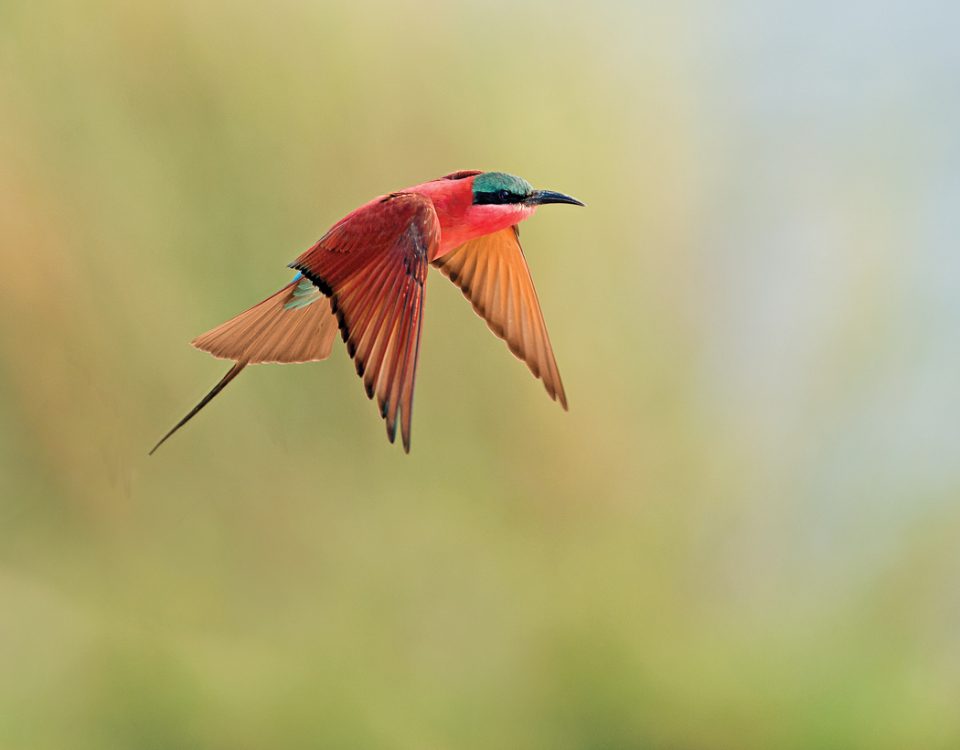Namibia tourism flexes adventure muscles in the US and Canada
February 19, 2013It’s official. Namibia hit by drought
February 19, 2013Peter Bridgeford of the Coastal and Environmental Trust of Namibia (CETN) reports:
The annual summer bird count at one of Namibia’s most important wetlands in February, the Walvis Bay lagoon, represented a milestone for enthusiastic and determined birders in Namibia.
This year birders celebrate the 30th anniversary of bird counting at the Walvis Bay lagoon. The 9th and 10th of February were clear days, boosting the counting efforts.
The sites that are covered by volunteers include the Walvis Bay Ramsar area, including the evaporative pans of the salt works and the sandy peninsula stretching to and beyong Pelican Point.
The annual bird count is reported to be the most comprehensive bird survey in Namibia
Between 40 and 45 bird species are counted during each survey.
The total count for this year was 118 850 birds.
The average summer count totals for the past eight years vary between 95 000 and 160 000 birds. However, in 2004 birders counted a record 242 400 birds. In terms of species, that year the big difference were about 100 000 terns. Removing that peak number brings the count back within the normal range.
In 2005 there were another estimated 99 000 terns. In February 2013, our latest count recorded 9 500 terns.
The count documented the biggest number of Greater Flamingos (46 291) for several years.
Lesser Flamingos (5 799) is the highest count in five years.
The wader numbers are down. Only 14 834 Curlew Sandpipers were spotted, as compared to 31 000 in 2012.
Sanderling numbers were extremely low (2 400) in comparison to 4 000 to 10 000 the past few years.
The duck numbers are up, as 10 000 Cape Teal were recorded. Black-necked Grebes were down from a high of 11 000 in 2012, to a mere 6 000 now.
From these numbers, there is no reason for concern, as it is thought that not many waders were spotted and the terns were feeding elsewhere.
GENERAL NOTES ON THE BIRD COUNT
The yearly bird count is vitally important as the birds are a barometer of the health of the lagoon and surroundings.
If polluted or changes occur, the birds are quick to react.
If the lagoon silts up, the mud flats exposed at low tide decrease in size and the available food decreases and birds will move away to other places to find food.
If they are disturbed continuously, they cannot feed enough and will also move away. They have to build up fat reserves in order to last the 5000 km flight to the northern hemisphere.
Some changes have been seen over the year during the bird counts.
The lagoon to the east (inland) of the road to Paaltjies is being flooded less and less and thus the feeding area for birds decreases.
That is one challenging change. We have, however, also noticed positive changes such as the fact that the awareness of the importance of birds has increased over the past 20 years.
This is due to publicity by CETN and other NGO’s as well as the growing tourism market and the increase in birders visiting Walvis Bay to see the thousands of birds, especially flamingos and pelicans.
Namibia does not count birds in isolation, but counts are done in many countries in African and other places in the world.
An organisation called Wetlands International receives all the counts from participating countries to get the bigger picture. Wetlands International is then able to spot trends, increases and decreases and will alert the countries concerned of possible problems.
For more information and numbers contact Peter & Marilyn Bridgeford pmbridge@iway.na





